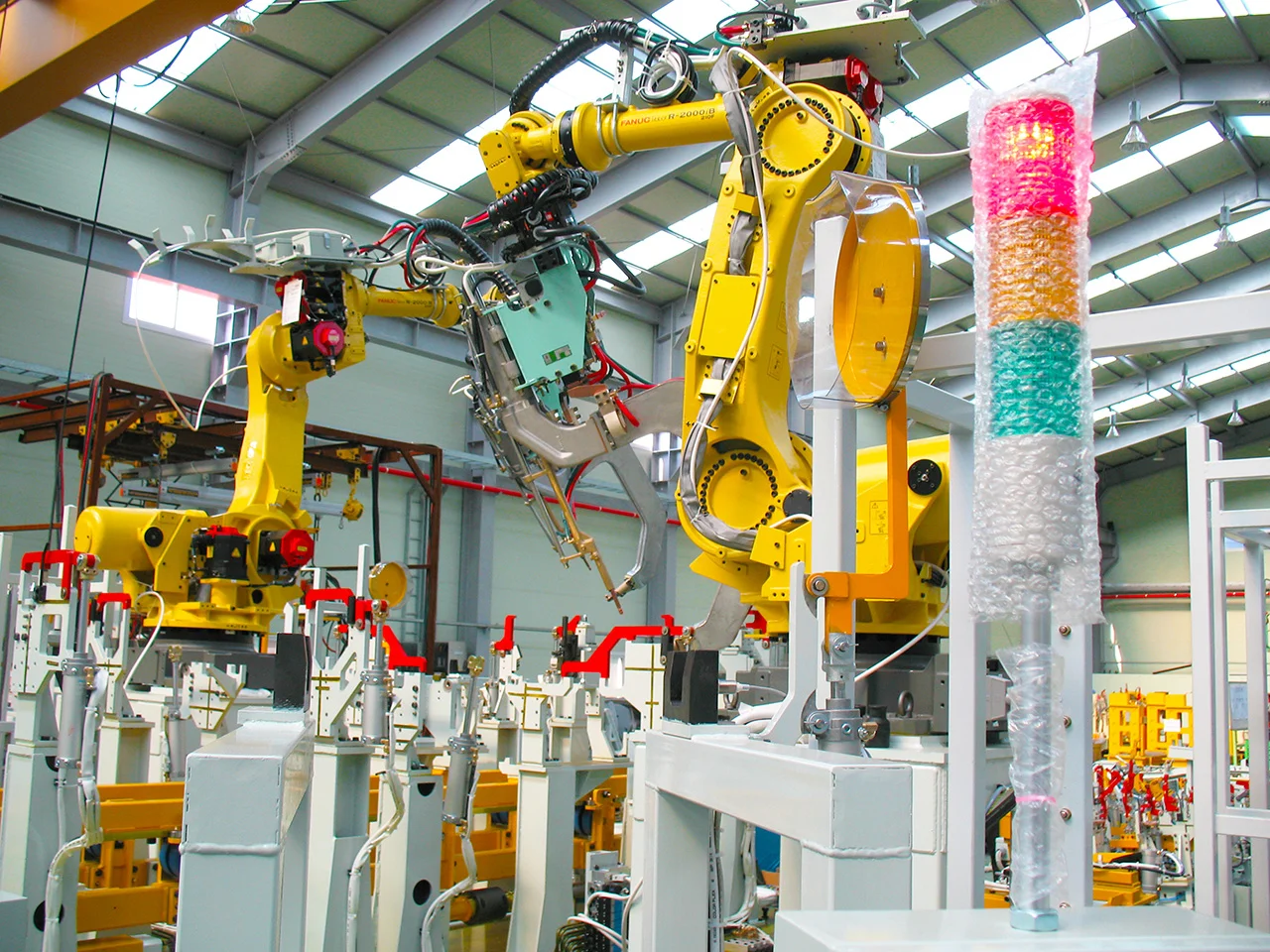
At SurfaceID we draw from years of experience to choose the right manufacturing process best suited to your project. It’s imperative that the manufacturing technique is selected before spending large amounts of time creating a 3D model. This is because each manufacturing technique will require different design details. Here are just some of the factors that should be considered when selecting a manufacturing technique for a new product.
Manufacturing Costs
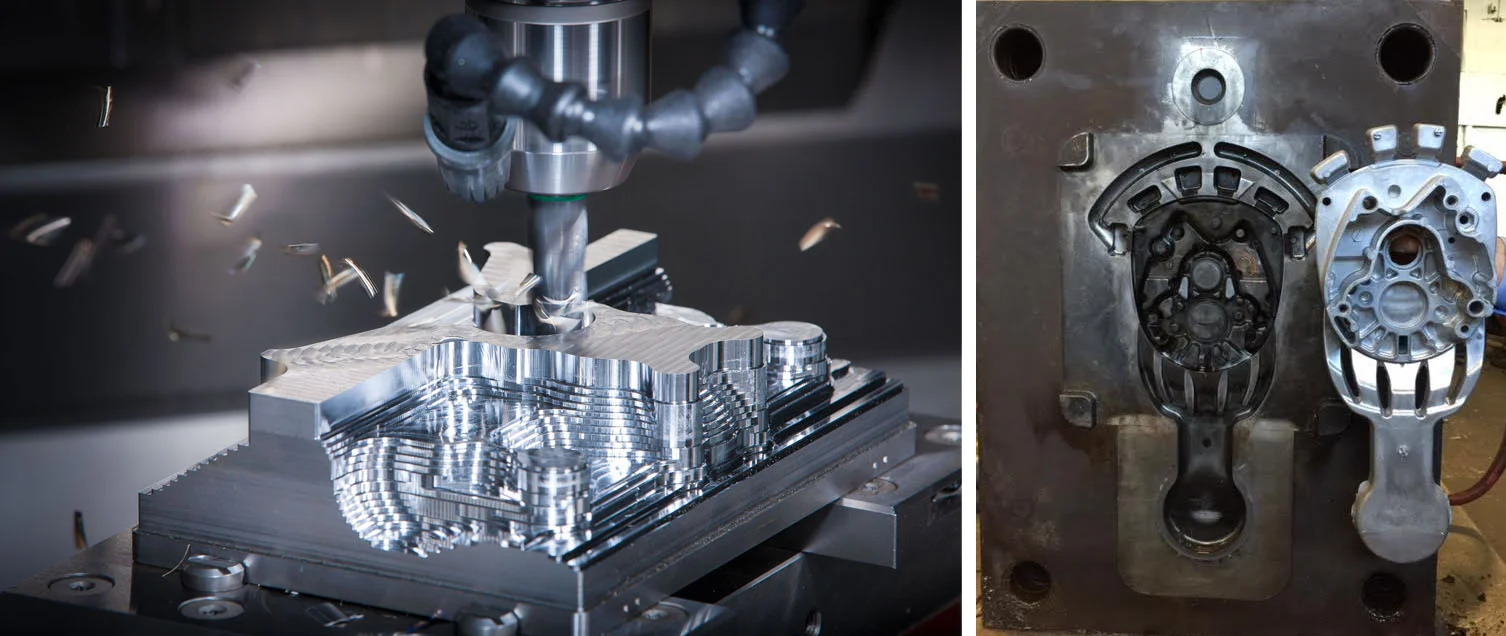
Left CNC milling, no tooling cost, high part cost. Right Die Casting, high tooling cost, low part cost
There are two main costs associated with any manufacturing process: Tooling Costs, and Part Cost.
Tooling cost is the cost of creating the mold, jig or other one time setup cost associated with starting production. The part cost is the cost incurred each time a part is manufactured. Generally speaking the higher the tooling cost the lower the part cost and visa versa. For example, die casting molds are expensive, but once made, the cost of producing each part is low. By contrast a CNC machined part requires very minimal setup, and no molds, but milling each part takes time and is thus more expensive. The same part can be made with either method. However, depending on the number of parts being made, either or might be more cost effective. At low volumes CNC milling is more cost effective. At high volumes die casting is more cost effective.
Manufacturing Technique Capabilities

Left Injection Molding, Hollow parts not possible Right Blow molding, Only makes hollow parts
Each manufacturing technique is capable of creating a certain type of geometry. Injection molds can create incredibly complex geometries, but they cannot create hollow shapes. This is why water bottles are blow molded, not injection molded. That being said, it’s important to be aware of the various capabilities of different manufacturing processes before deciding on one.
Desired Look and Feel of Product
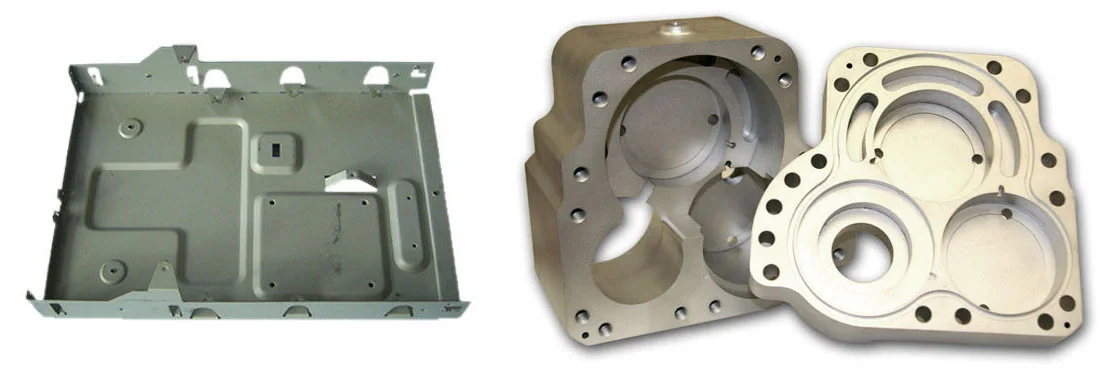
Left Stamped Right CNC Milled
The look and feel of a product is incredibly important and the manufacturing process plays a large role in how a product will be perceived. For example, CNC machined parts have a look and feel that cannot be matched by stamped metal parts.
Materials Needed for Production
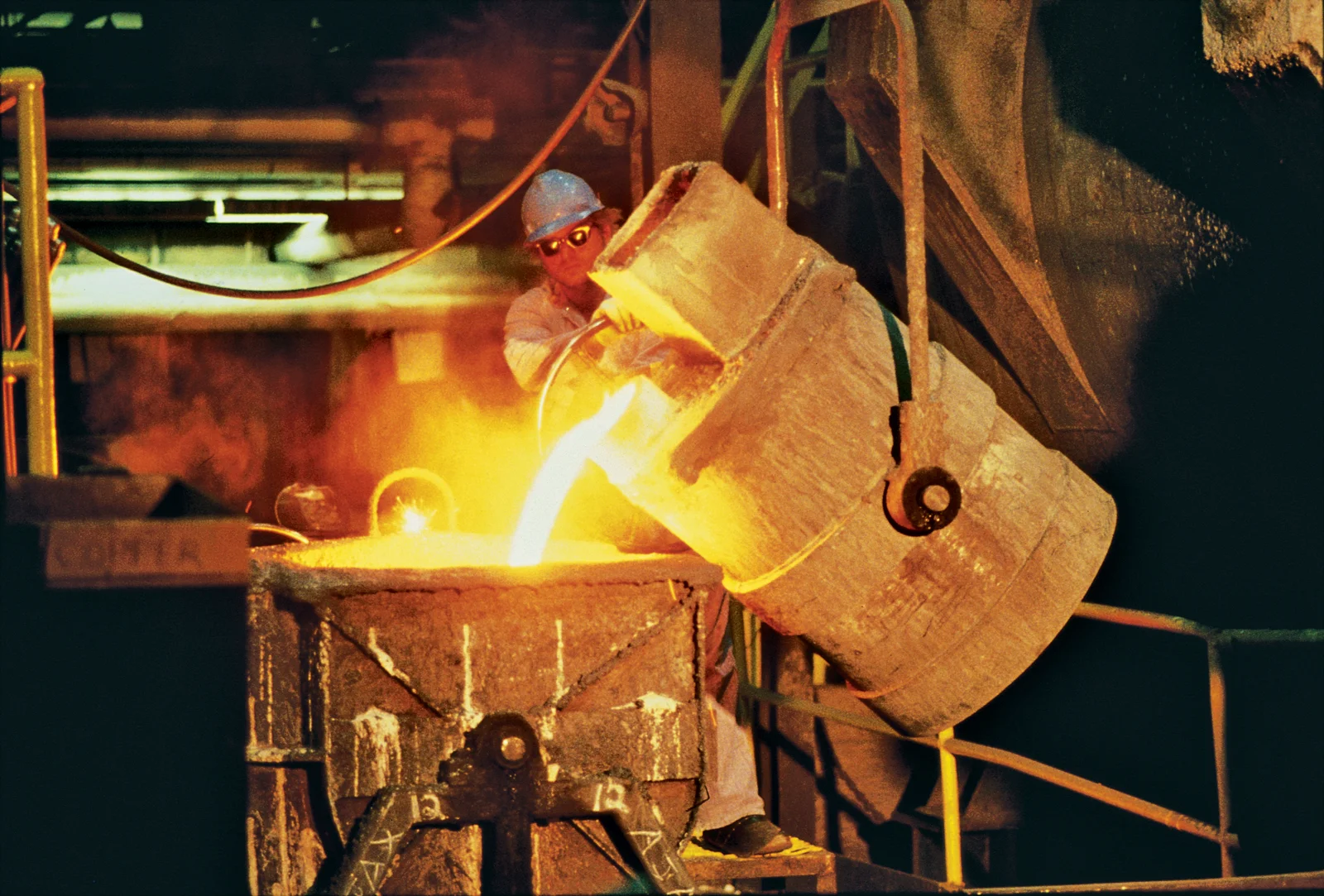
Picture Cast iron being poured into a sand cast mold
Some materials can only be formed with certain manufacturing processes. For example, if you need the part to be made out of iron, or any other ferrous metals, die-casting will not be an option due to the high temperatures needed to liquefy those metals. Sand casting or lost wax methods will be needed.
Desired Surface Finishing of Product
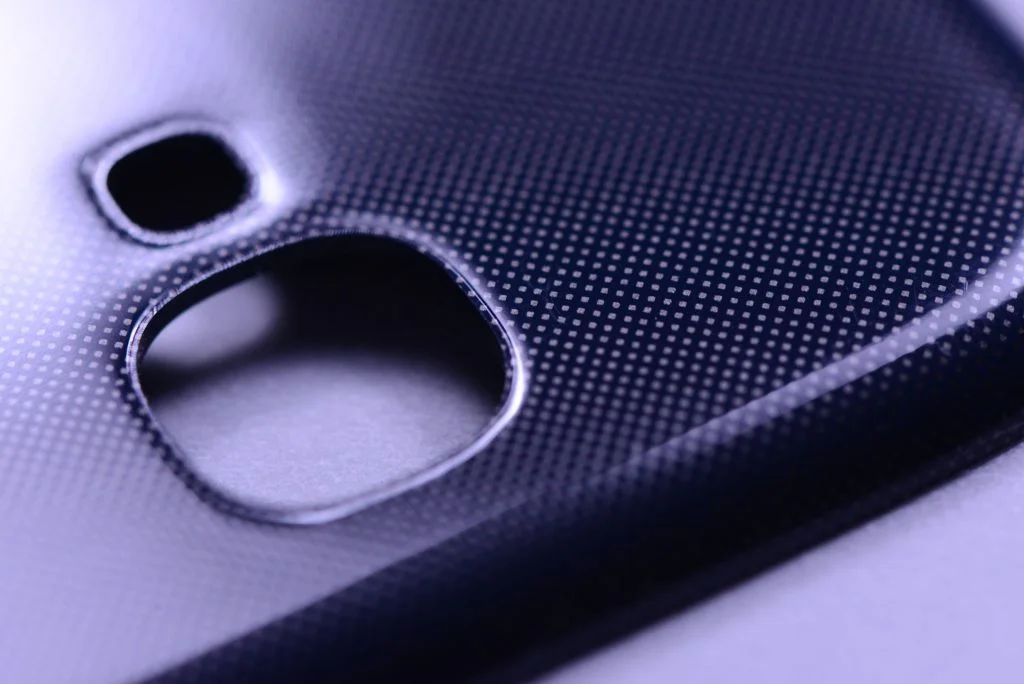
Some manufacturing processes allow for certain surface finishes. Injection molding allows for in-mold decorating, where as extrusion does not. Thus, before choosing a manufacturing process, decide which surface finishing is necessary for the look, performance and longevity of your product.
You should now have a better understanding of how an optimal manufacturing process is selected for a product. Need help choosing the the right manufacturing technique for your new product? Give us a call and let our product development experts guide you along the way.